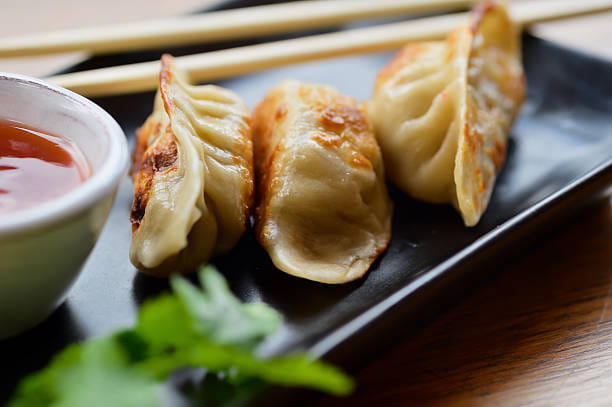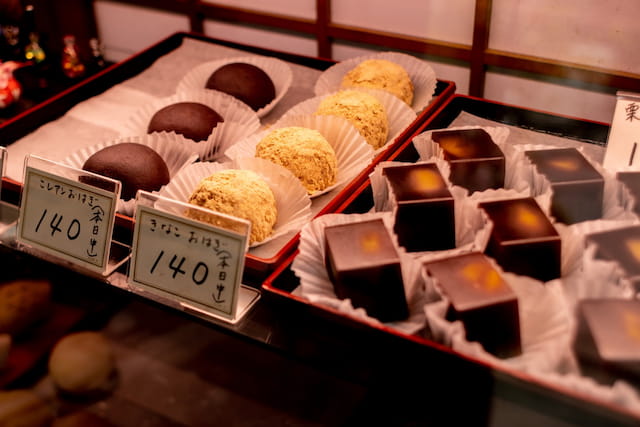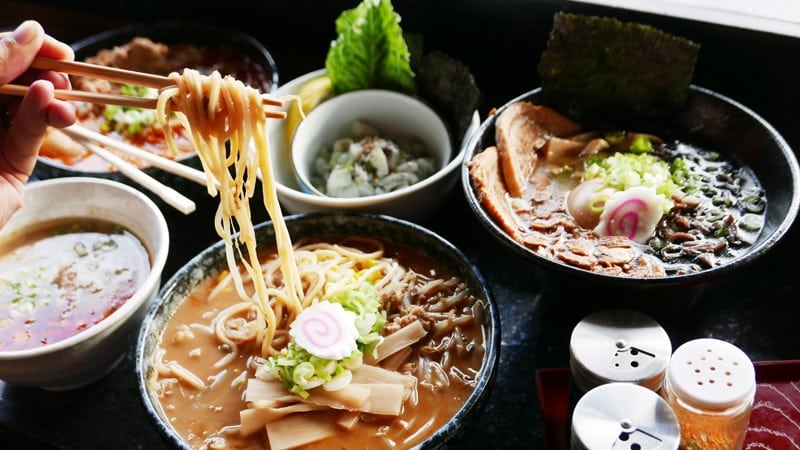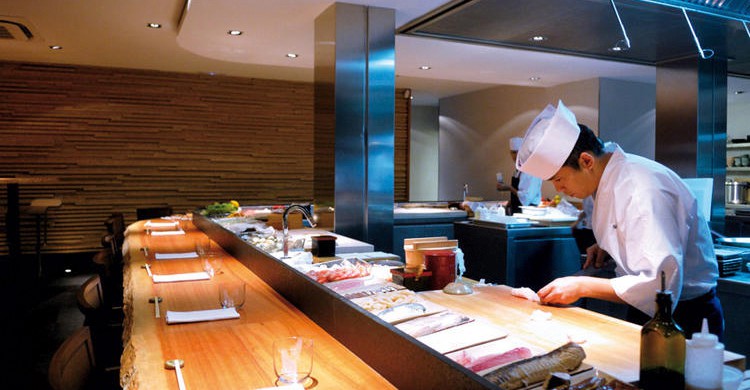Empanadillas are one of the star dishes of Spanish gastronomy. A dish that can become a small tapa or side dish, or a simple but tasty main course. However, although the filling for empanadillas can be very varied, we always end up using the same ones: tuna, meat, chicken, perhaps some vegetables… But did you know that empanadillas are not a culinary speciality that is only produced in Spain? The truth is that they are made in many countries, such as Japan, where they are known as ‘gyozas’. If you fancy a break from the routine of the typical empanadas, don’t worry, because today we are going to tell you all about these Japanese pasties.
What are gyozas?
Gyozas are a type of dumpling, a term that refers to any dish consisting of a dough with a filling inside. They consist of a thin dough made from wheat flour and are usually filled with minced meat and vegetables, although the filling can be made from any ingredient. They are crescent-shaped and can be cooked either by boiling them in water or by frying them.
However, if you have ever had the pleasure of trying this little Japanese snack, you will know that gyozas are accompanied by a sauce with a very distinctive flavour. This sauce is made from soy sauce and vinegar. It is a sauce with a very intense flavour that goes perfectly with gyozas and adds a touch of acidity that will awaken the umami in your palate.
Nowadays, gyozas are such an internationalised dish that you can find them not only in Asian restaurants, but also in our shop in Barcelona or in our online shop. So if reading this article makes you itchy, think that you have it very easy to find these Japanese delicacies.
Where to buy gyozas?
You can find many of these products in our online shop or in our shop in Barcelona.
[imacPrestashop_productos productos=”5160,2126,2856,2129,5153,2132,6270,6549,2128,2127,6550″ idioma=”1″]Origin and history of gyozas
Like all Japanese dishes, gyozas also have a history. The origin of these dumplings is not Japanese, but Chinese, and they were known as “jiaozi”. The Japanese were inspired by the recipe of this Chinese dish and adapted it to create what we now know as gyozas.
During World War II, Japanese soldiers went to China, specifically to Manchuria, where they were introduced to jiaozi. They were very enthusiastic about this dish, so they decided to try to recreate it in order to enjoy this delicious delicacy again. However, the Japanese were able to add their own personal touch to this recipe and make it a delicacy known all over the world.
Jiaozi and gyozas are very similar but have some differences. The main difference is the dough, which is much thinner for gyozas. Elegance and refinement are characteristics of the Japanese that they apply to all areas of their lives, including cooking. It is not surprising, therefore, that their version of these dumplings embodies these characteristics. The filling is also mashed more finely to give it a softer texture.
Types of gyozas
Although gyoza fillings can be very diverse and give rise to many different types of dumplings, the way the dough is prepared and cooked is the main element that establishes the three types of gyoza.
Yaki gyoza (fried and boiled). This is the best known type of gyoza and the one that is usually served in most restaurants in Madrid, Barcelona and the rest of the country. The way to cook them is to fry them in a pan with very hot oil until they are golden brown and slightly crispy on the outside. They are then dipped in a mixture of water and cornflour, which causes the gyoza to steam. The result is a juicy patty due to the steaming, but at the same time, with a crispy coating from the frying.
Sui gyoza (boiled only). These gyozas are cooked by boiling only and are usually served with a broth. This type of gyoza is not as well known as the previous one, and is not found in all restaurants, but rather in those specialising in this type of dumpling.
Age gyoza (fried only). The main distinguishing feature of this variety is that it has a very crunchy texture, as it is the only one of the three that does not include any cooking with water in its preparation. Like sui gyoza, they are usually found in speciality restaurants.
When the Japanese eat them
Japanese people usually eat these dumplings at home as a main dish or as a side dish with other ingredients and rice. However, it is also more common for restaurants to serve them as a tapa or side dish.





